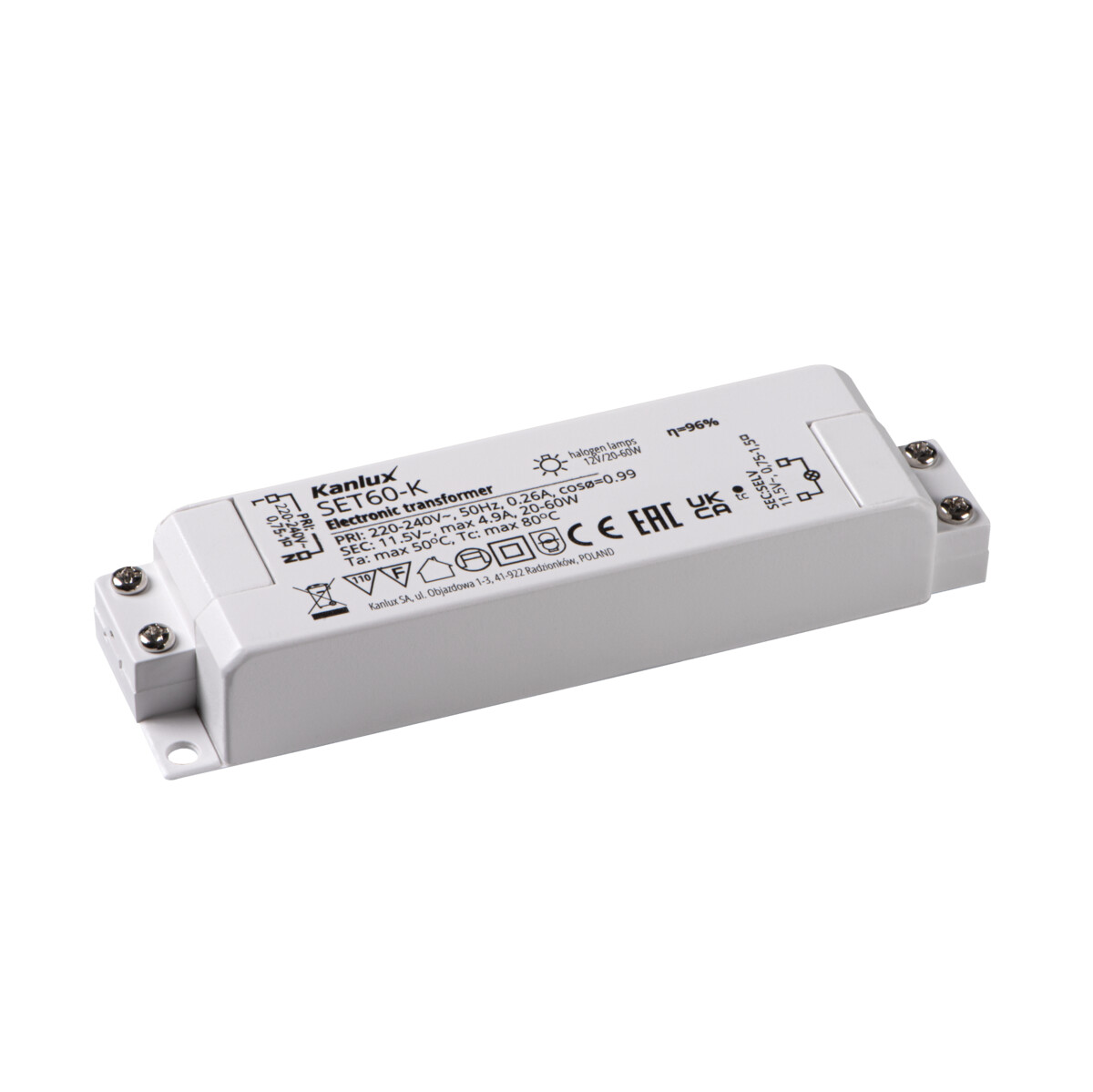Transformers, the unsung heroes of the electrical world, have long been hailed as the epitome of efficiency. In this blog post, we delve into the intricate workings of transformers and explore the reasons behind their unrivaled efficiency. From their fundamental principles to advanced design techniques, we uncover the secrets that make transformers the pinnacle of electrical engineering.
- Understanding the Basics:
To comprehend why transformers are the most efficient electrical machines, we must first grasp their fundamental principles. Transformers operate on the principle of electromagnetic induction, where alternating current (AC) flowing through the primary coil induces a voltage in the secondary coil. This elegant design allows for efficient power transfer without the need for mechanical components, minimizing energy losses. - Core Design and Magnetic Flux:
One key factor contributing to the exceptional efficiency of transformers lies in their core design. The core, typically made of laminated iron or steel, provides a low-reluctance path for the magnetic flux generated by the primary coil. This ensures that the majority of the magnetic field lines pass through the secondary coil, maximizing the energy transfer and minimizing losses. - Copper Winding and Resistance:
The choice of winding material, usually copper due to its excellent conductivity, plays a crucial role in transformer efficiency. Copper windings offer low resistance, reducing energy losses due to Joule heating. Additionally, careful consideration of the wire gauge and insulation further optimizes the efficiency by minimizing resistive losses. - Magnetic Core Materials:
Transformers employ various magnetic core materials, such as iron-silicon alloys or ferrites, to enhance their efficiency. These materials possess high magnetic permeability, allowing for better flux linkage and reducing magnetic losses. Advanced core designs, such as toroidal cores, further improve efficiency by minimizing magnetic leakage and eddy current losses. - Advanced Cooling Techniques:
Efficient cooling is vital for maintaining optimal transformer performance. Cooling methods, such as oil-immersed or forced-air cooling, prevent overheating and ensure efficient operation. By dissipating excess heat, these techniques minimize energy losses and extend the lifespan of the transformer. - Advanced Design and Simulation Tools:
In the quest for ever-increasing efficiency, engineers employ advanced design and simulation tools. Finite element analysis (FEA) and computational fluid dynamics (CFD) simulations enable precise optimization of transformer components, resulting in improved efficiency. These tools aid in minimizing losses, enhancing cooling, and achieving optimal designs for specific applications.
Conclusion:
Transformers stand tall as the most efficient electrical machines, thanks to their ingenious design and meticulous engineering. From their core materials to winding techniques, every aspect is carefully crafted to maximize energy transfer and minimize losses. As technology advances, transformers continue to evolve, pushing the boundaries of efficiency and powering our modern world with unparalleled effectiveness.
